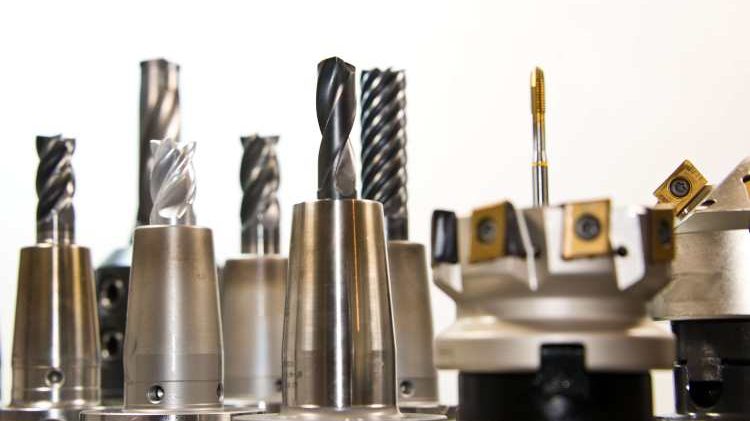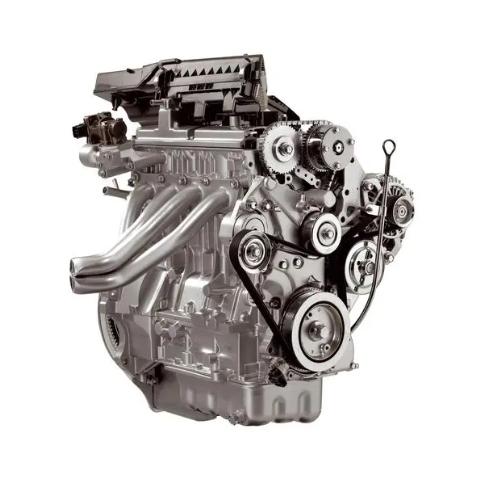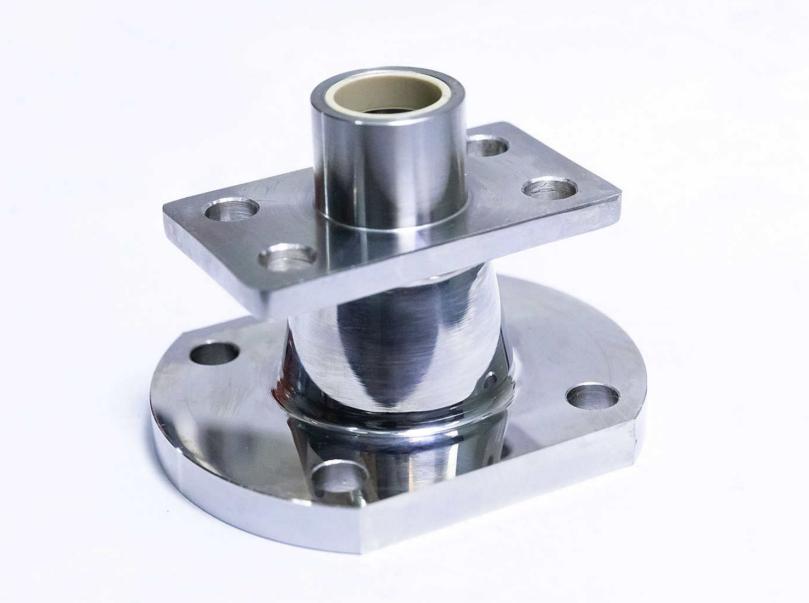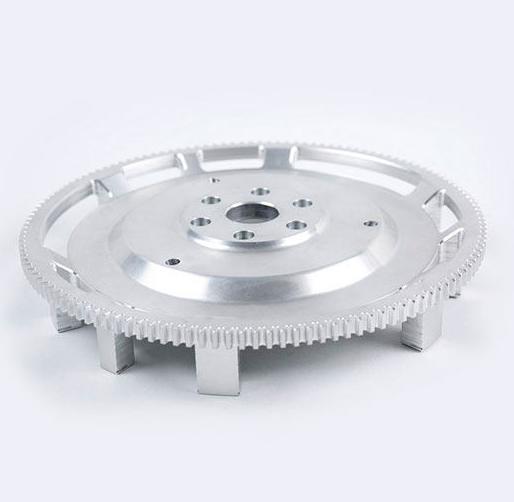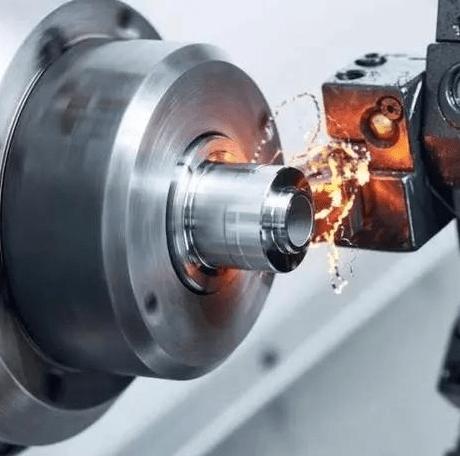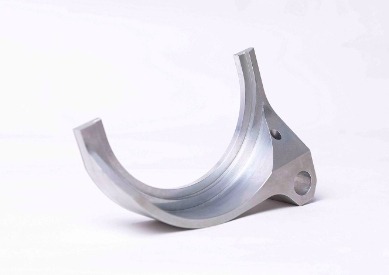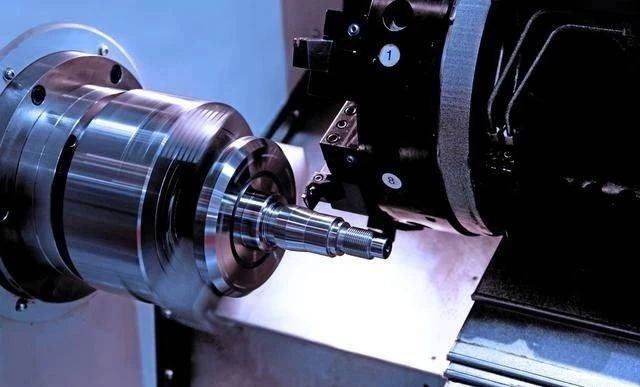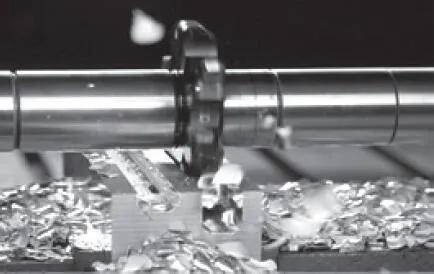Seeking speed and efficiency is a never-ending endeavor in the fast-paced world of manufacturing. Through dramatically faster turnaround times and increased overall productivity, computerized machining, or CNC turning, has become a revolutionary force in the manufacturing industry. In contrast to conventional manual turning techniques, computer numerical control (CNC) turning automates tedious operations and achieves exceptionally high precision by precisely guiding cutting tools. This article delves into the intricacies of CNC turning, unraveling the mechanisms by which it expedites production and elevates manufacturing to new heights of efficiency.
How Does CNC Turning Eliminate Human Error and Improve Consistency?
- Precise Programming: CNC turning is dependent on computer-generated programs that specify each step of the machining process, such as spindle speeds, toolpath, and cutting parameters. By doing this, the possibility of human error that can result from manual operation is eliminated, guaranteeing accurate and consistent machining results.
- Automated Tool Control: Cutting tool movement is automatically controlled by CNC machines, removing the need for human intervention. By guaranteeing accurate tool positioning, this automation reduces the possibility of mistakes and irregularities in the machined parts.
- Self-Monitoring and Correction: CNC devices are outfitted with sensors and feedback systems that perpetually track any deviations from the preprogrammed parameters during the machining process. To preserve consistency and avoid mistakes, the machine can automatically modify its operation if any discrepancies are found.
- Consistent Cutting Quality: Regardless of operator skill or fatigue, CNC turning maintains consistent cutting quality throughout production runs. Toolpath optimization, automated tool changes, and exact control over cutting parameters are how this consistency is attained.
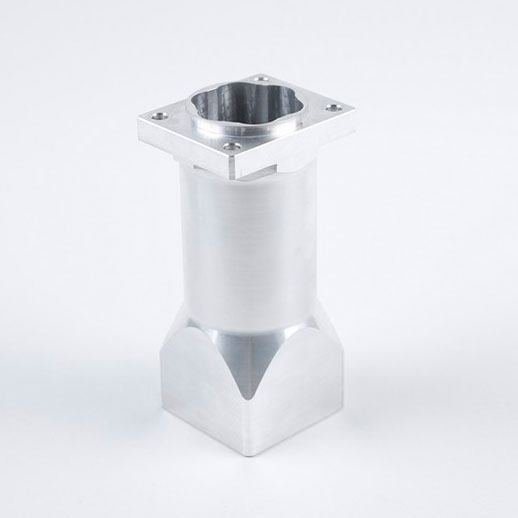
How Does CNC Turning Reduce Cycle Times By Streamlining Machining Operations?
CNC turning streamlines machining operations in several ways, leading to significant reductions in cycle times. Here are some key factors that contribute to faster production:
- Automated Tool Changes: CNC devices do not require human tool changes, which can be laborious and error-prone. Instead, they automatically change tools by the preprogrammed toolpath. Because of this automation, cycle times are decreased overall because there is a substantial reduction in downtime and the machine is kept operating longer.
- Toolpath Optimization: CNC software can create extremely effective toolpaths that reduce non-cutting movements, like retracting and repositioning tools. Because the machine spends less time moving tools around thanks to these optimized toolpaths, more time can be spent machining, which results in faster cycle times.
- Simultaneous Machining Operations: Certain CNC turning machines possess the ability to execute multiple machining tasks concurrently, including drilling, facing, and turning. With the help of this capability, complex parts can be produced in a single setup, negating the need for multiple machine setups and cutting cycle times significantly.
- Reduced Setup Time: Complex machining programs can be stored and recalled by CNC machines, doing away with the need for manual programming and setup adjustments. By drastically cutting down on setup time between production runs, this automation minimizes downtime and increases production efficiency.
- Minimized Human Intervention: CNC turning minimizes the need for human intervention, which lowers the possibility of human error and the ensuing delays brought on by corrections or rework. Cycle times are further decreased by the consistent and effective operation provided by CNC machines’ self-monitoring features and automation of repetitive tasks.
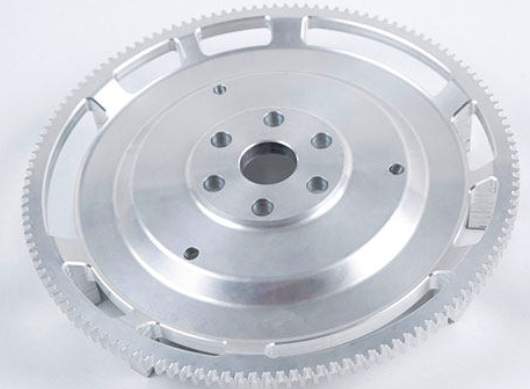
What Are the Factors That Contribute to the Ability of CNC Turning to Operate at High Cutting Speeds?
CNC turning is a highly efficient machining process that can operate at high cutting speeds, enabling faster material removal. This capability is attributed to several factors:
- Rigid Machine Construction: To endure the high cutting forces and vibrations produced during high-speed machining, CNC turning machines are built with a sturdy and rigid design. Because of its rigidity, the machine operates with stability and accuracy, avoiding chatter and deflection that could compromise tool life and surface finish.
- Powerful Spindle Drives: CNC turning machines possess robust spindle drives that are capable of producing the required torque and power to rotate the workpiece at elevated speeds. The optimal rates of material removal are ensured by these drives, which are precisely controlled to maintain a consistent spindle RPM under varying cutting loads.
- Advanced Cutting Tools: CNC turning makes use of cutting-edge instruments composed of high-performance materials such as CBN (cubic boron nitride) and carbide. These tools are made to endure the high heat and strains involved in high-speed machining, keeping their edge integrity and sharpness over time.
- Optimized Cutting Parameters: CNC programming allows for precise control of cutting parameters, including spindle speed, feed rate, and depth of cut. By tailoring these parameters to the particular material being machined, effective material removal is ensured without sacrificing tool life or surface finish.
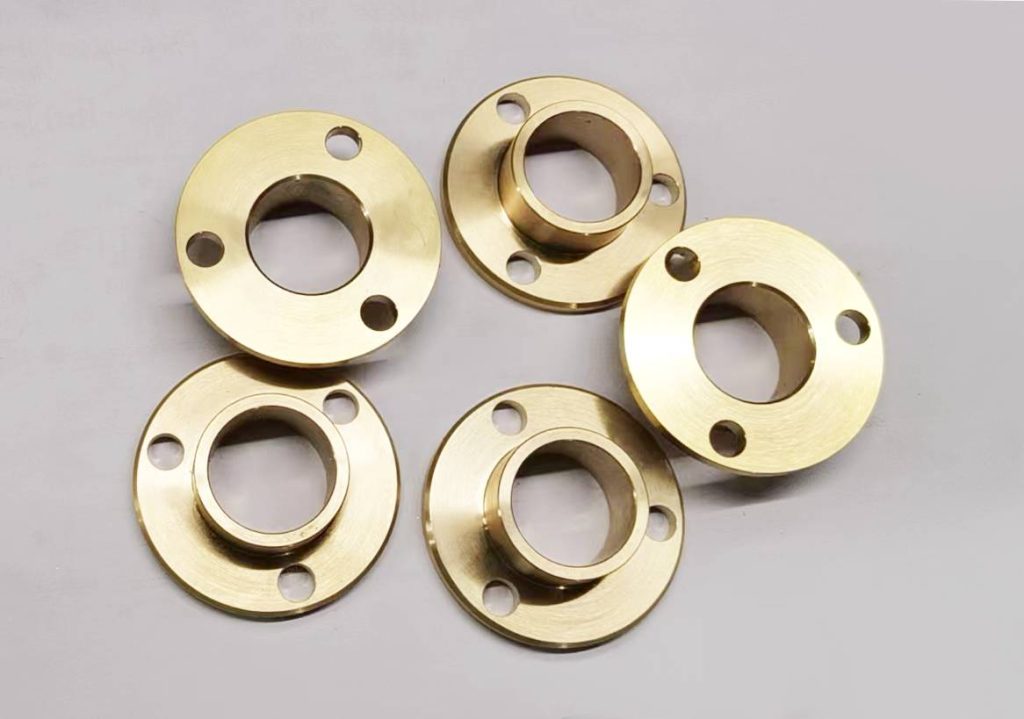
Conclusion
Gaining a competitive edge in the manufacturing sector, increasing productivity, lowering costs, and improving product quality all depend on your ability to comprehend how CNC turning accelerates production. It enables well-informed decision-making, gets manufacturing ready for the future, and sets people and businesses up for long-term success. Chongqing Jin Te Rui Machine Co., Ltd. is a professional manufacturer dedicated to providing CNC turning services. For more information, please contact us.


